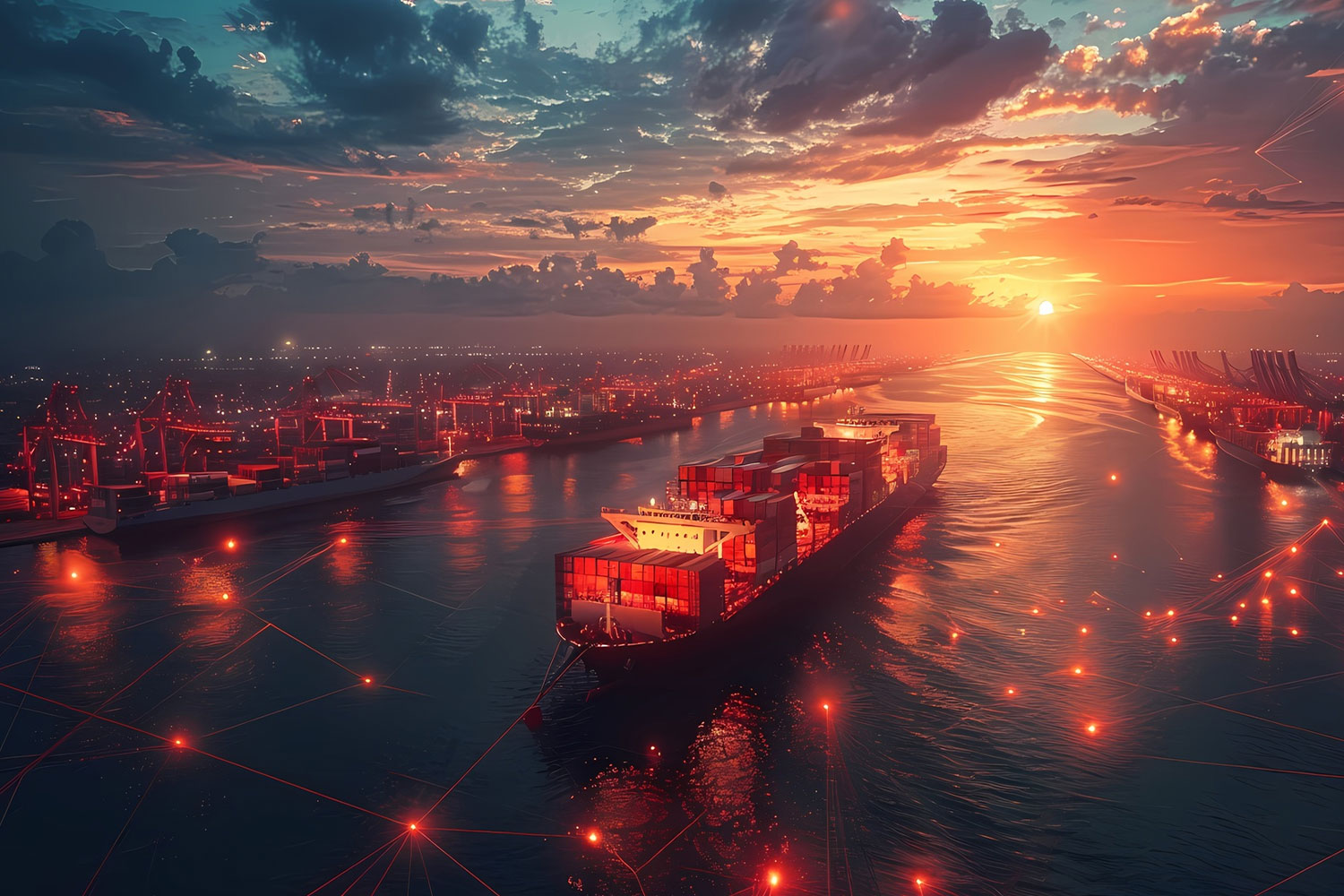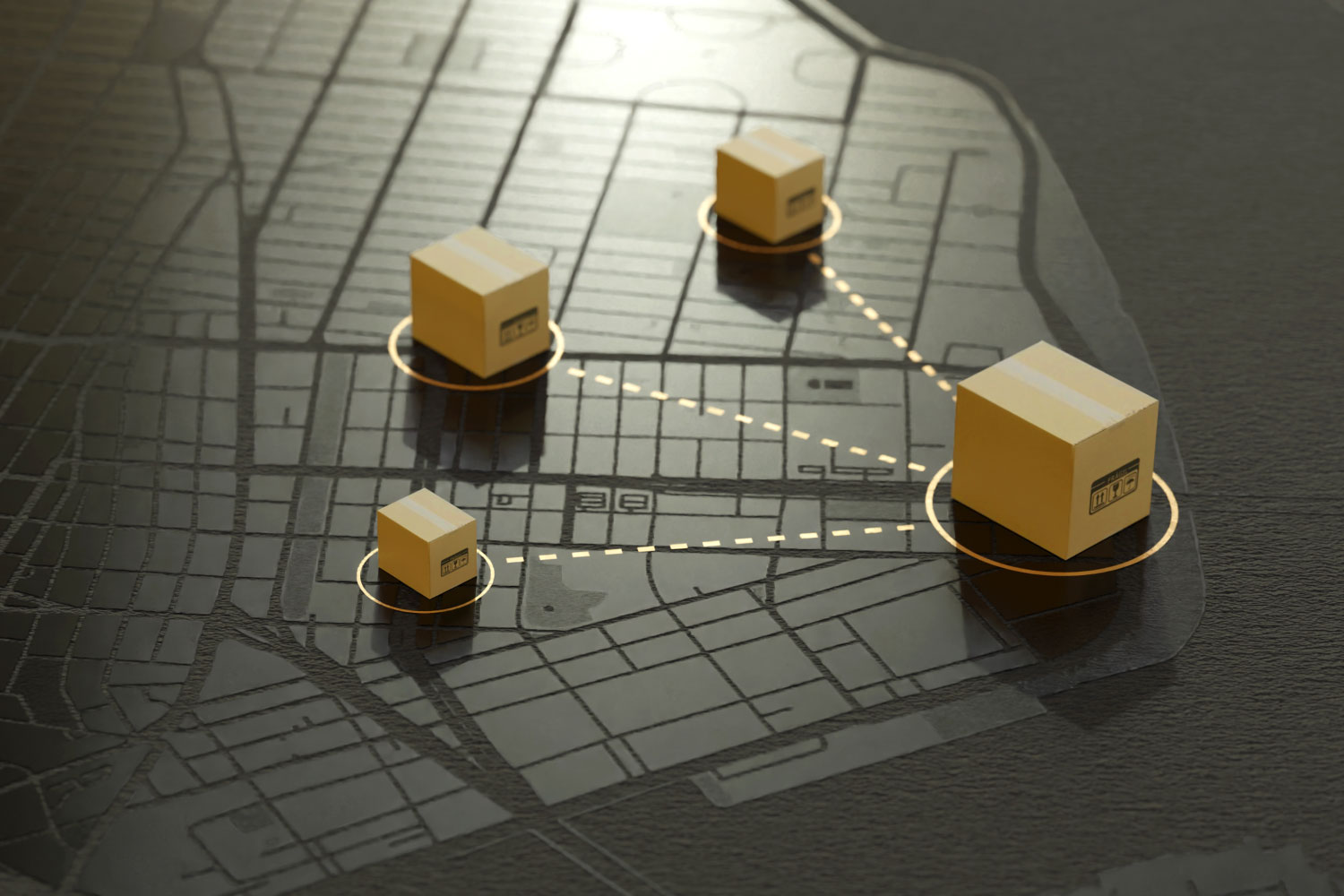Freight Management in 2025: Solving the Chaos in Global Shipping
The global freight landscape in 2025 remains volatile. From hefty tariffs to soaring cargo theft and emerging freight technologies, supply chain leaders face a tumultuous environment. Advanced freight management is essential for navigating these disruptions.
1. Tariff Turbulence & Ocean Shipping Risks
A new wave of tariffs threatens U.S. container operations. Port operators are pushing back against proposed duties of up to 100% on China-built cranes—critical equipment for handling container vessels. Moreover, reciprocal tariffs are raising alarm in the ocean shipping sector, with executives warning of rising costs, supply chain confusion, and a forecasted 0.7% decline in container imports for 2025.
What it means for you: Prepare for unpredictable port and crane costs—and consider multimodal alternatives and flexible carrier strategies.
2. Freight Volume Surges: A Precursor to Disruption
U.S. freight activity surged early in 2025, fueled by traders front-loading ahead of tariffs—a spike reflected in a 40% jump in the Baltic Dry Index. However, experts warn this may foretell a freight crash. A back-to-school trade thaw slowed tariffs and drove another import wave, but analysts caution for a likely contraction later in the year.
What it means for you: Capitalize on high-demand periods—but hedge against sudden downturns with flexible pricing and routing strategies.
3. Cargo Theft Hits Record Levels
Cargo theft is skyrocketing. Copper-targeting thefts are up 61% in the first half of 2025, thanks to tariff-fueled metal prices. Organized crime rings impersonating carriers have led to nearly 3,800 freight-theft incidents in 2024—a 26% year-over-year increase. Sophisticated heists on freight trains (e.g., over $2 million in Nike goods stolen from rail shipments in California and Arizona) highlight emerging theft channels.
What it means for you: Invest in secure load-board protocols, real-time GPS tracking, vetted carriers, and rail-coordinated security to reduce losses.
4. Technological & Environmental Shifts
Neutral third-party forecasting highlights slow trucking rebalancing in 2025, with macroeconomic headwinds tied to tariffs and interest rates. While public news coverage on autonomous vehicle deployments remains cautious, pilot programs are underway. Meanwhile, electrification and hydrogen-powered fleets are gaining traction as companies respond to environmental regulations.
What it means for you: Monitor and pilot new tech platforms now—early adoption can yield significant operational and compliance benefits.
Blueprint: What Modern Freight Management Looks Like
| Pillar | Action | Impact |
|---|---|---|
| Dynamic Carrier Sourcing | Use freight exchanges and real-time bidding platforms | Reduces exposure to sudden tariff/spot swings |
| Visibility & Predictive Alerts | Deploy GPS tracking, EDI-integrated sensors, ETA predictions | Enhances reliability and reduces exceptions |
| Security & Compliance | Vet carriers, secure platforms, mandate tamper alerts | Mitigates theft and liability risks |
| Document & Customs Automation | Digitize BOLs, manifests, integrate with customs systems | Cuts clearance time and demurrage costs |
| Future-Tech Pilots | Explore autonomy, electrification, AI-enabled route planning | Lowers long-term costs, supports sustainability |
| Data & Reporting | Track indices like Baltic Dry, container volumes, spend | Enables proactive, data-driven decisions |
Strategic Imperatives in 2025
- Mitigating volatility: Tariffs, port fees, and crane costs demand visibility and dynamic routing.
- Avoiding post-surge pitfalls: Managing around peaks to avoid post-threat crashes.
- Defending against theft: Complex cargo crimes require layered security frameworks.
- Advancing sustainability: Early pilots in low- and zero-emission freight align with regulatory trends and market expectations.
Resources
US port operators seek to mitigate hefty expected tariffs on China-built port cranes
https://www.reuters.com/world/china/us-port-operators-seek-mitigate-hefty-expected-tariffs-china-built-port-cranes-2025-07-11/
Trump’s reciprocal tariff plan amplifies risk of ocean shipping chaos
https://www.reuters.com/business/trumps-reciprocal-tariff-plan-amplifies-risk-ocean-shipping-chaos-executives-say-2025-04-02/
Cargo rush belies coming crash in US trucking
https://www.reuters.com/breakingviews/cargo-rush-belies-coming-crash-us-trucking-2025-05-02/
US freight industry hopes for back-to-school demand boost
https://www.reuters.com/business/autos-transportation/us-freight-industry-hopes-back-to-school-demand-boost-after-tariff-truce-2025-05-16/
Thieves target copper by the truckload as prices rise
https://www.wsj.com/articles/thieves-target-copper-by-the-truckload-as-prices-rise-b4120aa9
Crime rings attack US supply chain using sneaky tactic
https://nypost.com/2025/05/09/business/crime-rings-attack-us-supply-chain-at-record-rates-using-this-sneaky-tactic-report/
Thieves steal $2M worth of Nikes from freight trains
https://apnews.com/article/ccf165c642baf56a448c334e24ad4624
Trucking industry forecast 2025 (ACT Research)
https://www.actresearch.net/resources/blog/trucking-industry-forecast-2025




